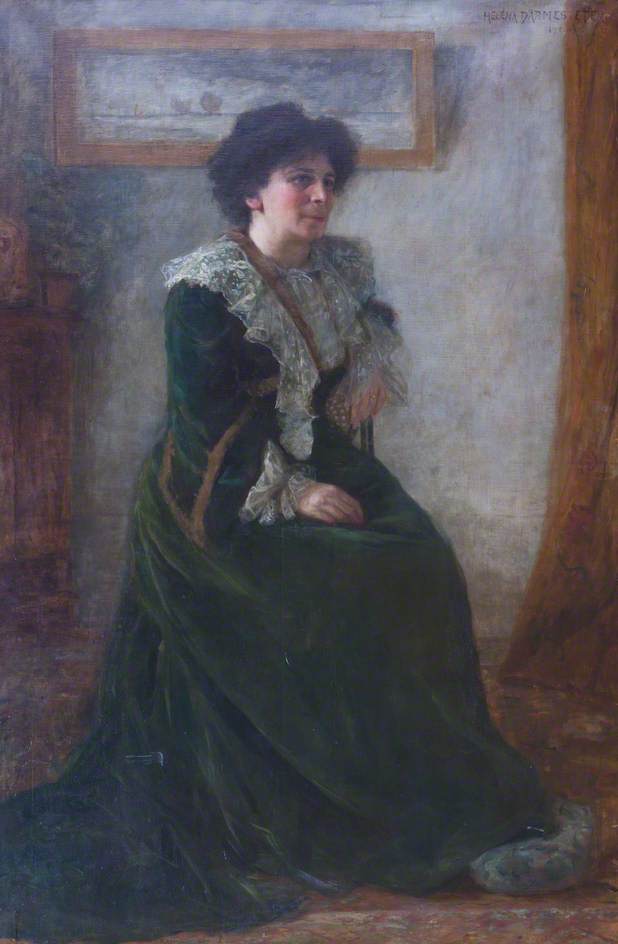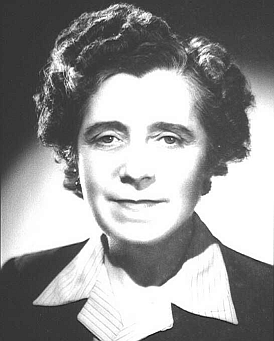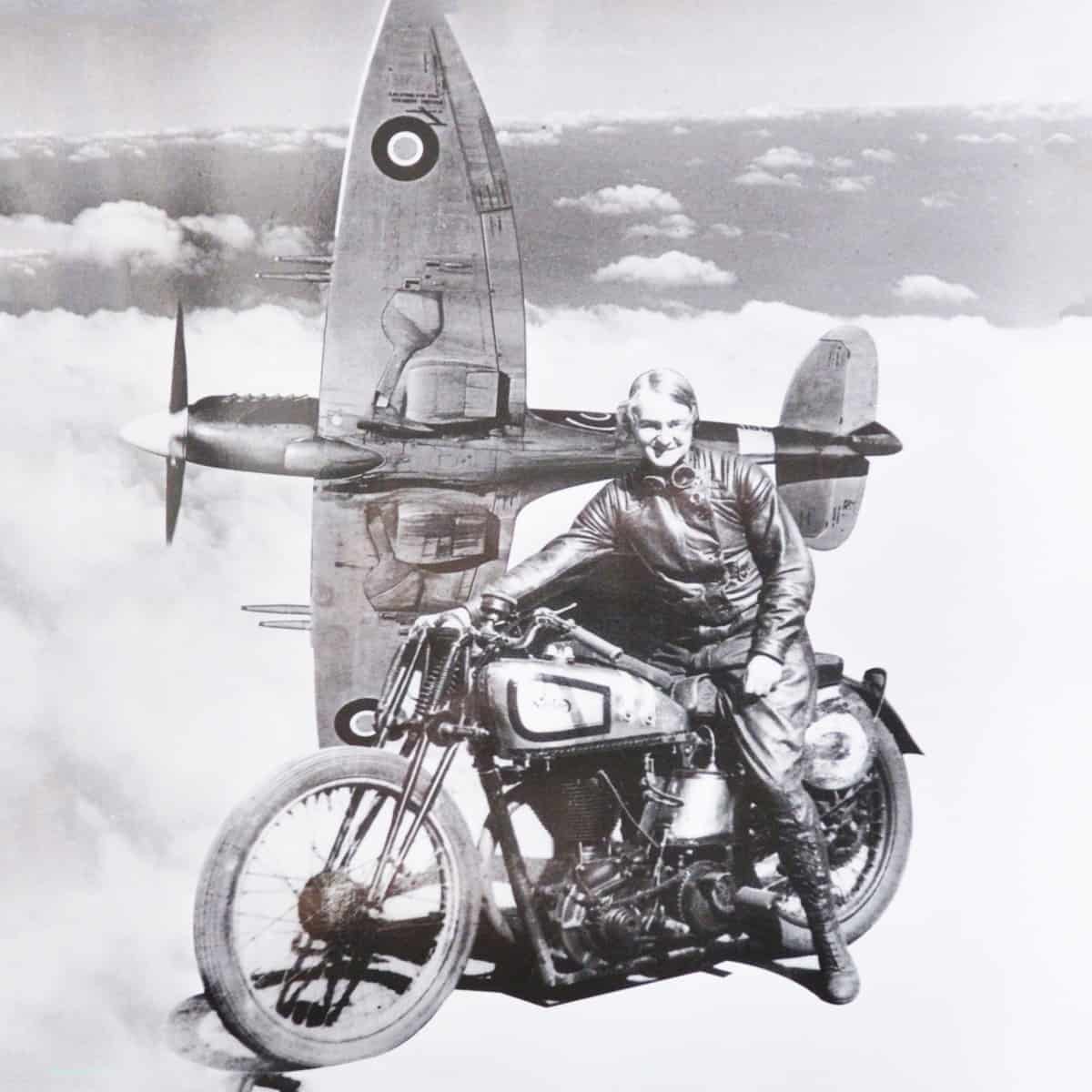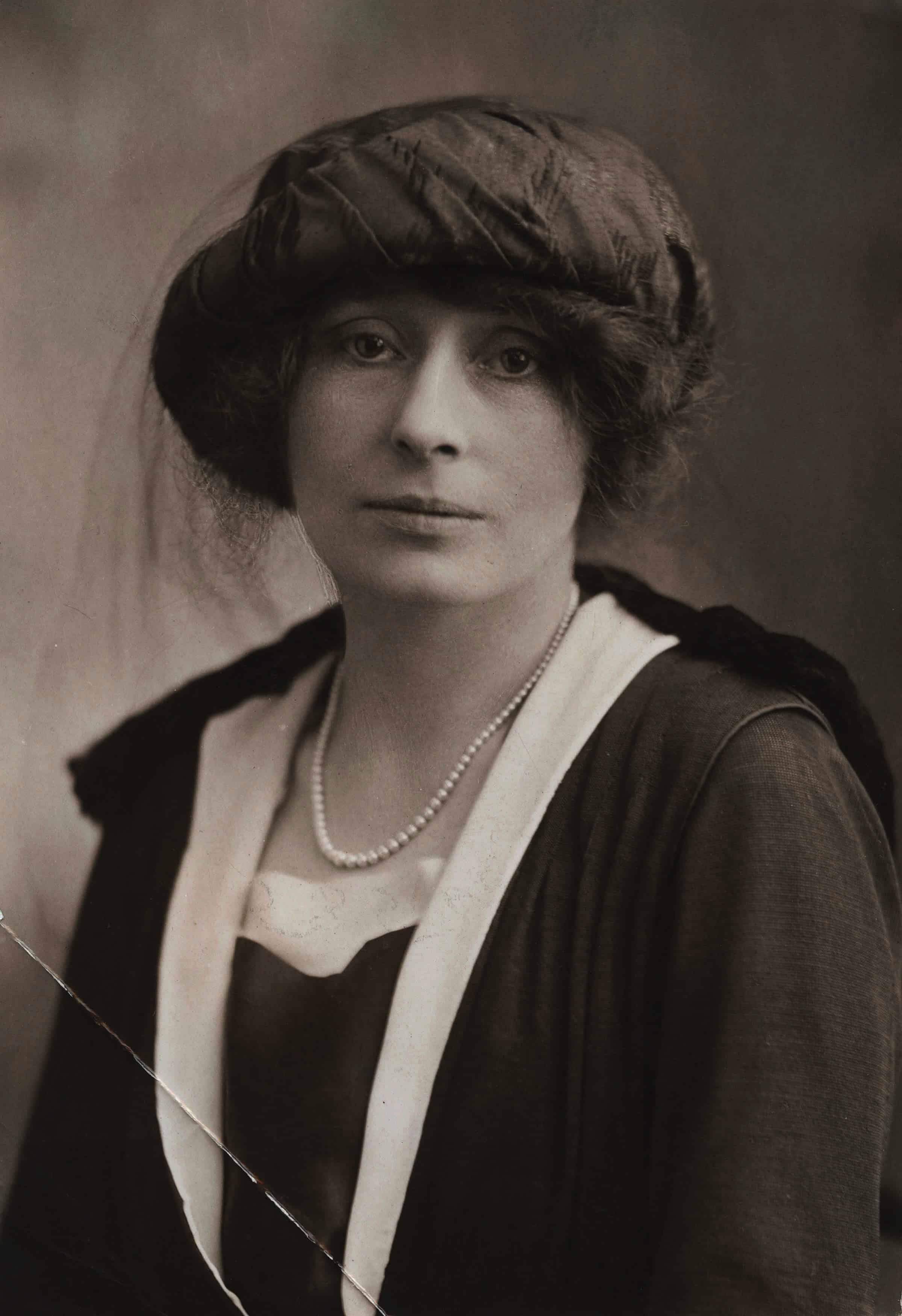In the years between 1637, when Amye Everard Ball was the first woman to apply for an English patent and 1898, when Hertha Ayrton became the first female member of a British engineering institution, numerous women took out patents, developed and adapted technologies and contributed to innovations. Ayrton’s membership of the Institution of Electrical Engineers (IEE, now Institution of Engineering and Technology, IET) in 1898 marks not the start of women’s contributions to British engineering, but an important step in their efforts to take their place alongside men in the engineering profession.
Although she was already a patent holder before she married her former teacher William Aryton, Hertha’s research career benefitted from the marriage and she established her reputation through work on the ‘hissing’ of the electric arc and on ripples and vortices. These were the topics when she became the first women to deliver a lecture at the IEE in 1899 and at the Royal Society in 1904. The award of the Hughes Medal by the Royal Society in 1906 cemented her reputation and she continued her work after William’s death, as well as being an active campaigner for women’s suffrage.

The first women engineering students entered British universities during the years shortly before World War One. Many of these pioneers, such as Rachel Parsons, came from families with strong engineering traditions and benefitted from their support and access to practical experience in the family firm. Others, such as Dorothèe Pullinger (below left), used family connections to secure a more hand-on training, in her case starting in the drawing offices of a car firm managed by her father. Employment prospects were initially limited to those that could be secured through personal contacts, but during World War One they improved dramatically when the influx of women into munitions factories brought a demand for women with engineering expertise to train and supervise them.

At the end of the conflict these women industrial workers were expected to return to the home or to domestic service, enforced in many sectors by the Restoration of Pre-War Practices Act. Prospects for professional women also looked bleak, despite the passing of the Sex Disqualification (Removal) Act in 1919. This prompted a group of them to establish the Women’s Engineering Society (WES), with Caroline Haslett as the first Secretary and Rachel Parsons as President. This was a campaigning organisation with a practical approach to feminist activism through efforts to maintain and enhance opportunities for women in engineering, to develop support networks for women engineers and to use engineering expertise to reduce the burden of women’s domestic labour. The 1921 census recorded 46 women professional engineers and during the 1920s women were admitted for the first time to many of the established engineering institutions including Dorothèe Pullinger, Institution of Automobile Engineer, 1920; Rachel Parsons, Institution of Naval Architects 1922; Verena Holmes Institution of Mechanical Engineers, 1924; Dorothy Buchanan, Institution of Civil Engineers, 1927.
When Vera Brittain wrote Womens Work in Modern England in 1928 she told her readers that engineering was second only to advertising in offering ‘the finest opportunities to enterprising women’ but warned that ‘the best openings for women are provided by new businesses and professions capable of alteration and expansion, rather than by the older and more circumscribed vocations with a long tradition of masculine authority.’ The biographies of prominent members of WES during the interwar period bear this out. Margaret Partridge, for example, established an electrical contracting business that installed power systems in the south west and encouraged female engineers by providing apprenticeship opportunities and practical experience.
Individual entrepreneurship was one solution to the difficulties of finding employment. Another was working in one of the government’s research establishments. Beatrice Shilling, Partridge’s most successful apprentices, took this route and studied at the University of Manchester before securing a post at the Royal Aircraft Establishment in Farnborough. Here she joined Frances Bradfield, a mathematics graduate who ran the wind tunnels. The interwar civil service required women to resign when they married, unless their expertise was irreplaceable. When Shilling married George Naylor, a fellow RAE employee in 1938 she was one of only a very few women allowed to retain her position. Her case was no doubt helped by the expectation that aircraft would play a vital role in the upcoming conflict. The decision was rewarded by her contributions to a variety of projects, the most well know of which was a modification to the Merlin engine which prevented it stalling, affectionately known by pilots as ‘Miss Shilling’s orifice’.

The wartime demand for engineers provided an opportunity for some women to access training and expertise in engineering, but there was no concerted attempt to encourage them. Female school leavers with qualifications in mathematics were recruited into government research establishments or trained as radio mechanics after joining the services. Universities were discouraged from increasing their recruitment of women students to fill places left empty by men, but those women who did study during the war were rapidly pressed into service. Beryl Myatt (later Platt, Baroness Platt of Writtle) was one of just five women studying Mechanical Sciences in her year at Cambridge. After completing an accelerated wartime degree in two rather the usual three years she worked for Hawkers on wartime aircraft. Her later career was typical of many in this wartime generation who worked on immediately after the war but, despite the formal removal of marriage bars, eventually chose to leave engineering for marriage or motherhood before distinguishing themselves in voluntary roles.
Those who stayed on were joined by new graduates, but the dramatic expansion of provision for engineering in higher education did not lead to an increase in the number of women studying engineering. In 1956 out of a total of 1,034 engineering degrees awarded, only 3 went to women. Despite sustained government anxieties about a shortage of scientists and engineers there were no central efforts to encourage women to fill the gaps.

Encouraging girls into engineering were left to independent organisations such as WES and the British Federation of University Women. They identified several barriers including inadequate provision for mathematics and physical science in girls’ schools and lack of awareness amongst careers advisors, as well as the reluctance of firms to employ women because they believed they could not supervise men and were likely to stay only a short time before marrying and leaving. Leading engineering educators such as Willis Jackson added their voices to the debate, arguing that ‘industry must lose its inhibitions and start chasing girls’ and ‘will have to shake itself out of the habit of mind that thinks of girl engineering graduates- where it thinks of them at all- as freakishly improbable, like female Rugby footballers.’ Regular references were made to the example of the Soviet Union, where women made up a high proportion of engineering graduates. After the launch of Sputnik anxieties about the potential consequences of Soviet superiority in science and engineering finally pushed the government to consider the issue. The Social Survey investigation into the employment of women scientists and engineers in industry reported in 1961, and disappointed campaigners who had hoped for official endorsement. Instead it suggested the reluctance of firms to employ women engineers was justified and the national interest would be best served if they used their talents to teach the next generation of technical experts.
Within less than a decade this position had shifted dramatically and in 1969 the Department of Education and Science under Shirley Williams (Vera Brittain’s daughter), lent its support to Women in Engineering Year. WES hosted a major international conference and the Central Office of Information produced a film, ‘The Engineer is a Woman’ to promote careers in engineering to girls in schools. The number of women studying engineering and technology at British universities started to rise significantly and there were efforts to open up more employment opportunities for these graduates. A sustained parliamentary campaign to open up scientific and technical posts in the civil service to women was mounted from 1971, spearheaded by Edward Bishop, Labour MP for Newark, and a former aircraft design engineer. Speaking to a House of Commons Committee in 1972 he argued that ‘Sex-discrimination can no-longer be explained away by tradition, no-longer excused by custom and no-longer ignored.’
Women in Engineering year marked the start of a sustained series of educational efforts to encourage girls and women to follow careers in engineering by raising awareness of the opportunities available to them and seeking to create a more feminine image of technology. Networking groups, including women’s groups within the major professional institutions emerged during the 1980s alongside the existing activities of WES. In contrast to feminist initiatives to teach women craft skills in engineering and construction, professional engineers tended to concentrate on helping women cope with rather than challenge the male-dominated and masculine cultures of engineering. In the 1990s skills shortages in engineering led to the prominence of arguments for recruiting women based on potential economic benefits. More recently there has been a shift to a broader emphasis on enhancing the diversity of the engineering workforce not just with respect to gender, but also race and socio-economic background. In 2016 all major engineering organisation stress their commitment to equality and diversity on their websites.
The number of women graduating in engineering and applied science from British universities passed one thousand for the first time in the early 1980s. In 1982 the Royal Academy of Engineering elected its first female fellow, Dr Elizabeth Killick, an expert in novel radar and sonar systems who was Head of the Weapons Department at the Admiralty Underwater Weapons Establishment at the time of her election. By the 1990s the optimism that had accompanied these developments had dissipated as the proportion of women studying engineering reached a plateau and in some fields showed signs of falling. At the same time the visibility of women engineers was enhanced by their service in high profile public roles, including as presidents of engineering institutions: Pamela Liversidge at The Institutions of Mechanical Engineers in 1997; Jean Venables at the Institution of Civil Engineers, 2008; Jenny Body at the Royal Aeronautical Society, 2013 and Naomi Climer at the Institution of Engineering and Technology, 2015. In 2014 Ann Dowling was elected President of the Royal Academy of Engineering. It remains to be seen whether this visibility will begin to undermine the resolutely masculine image of the profession or how far engineering work place cultures are willing to adapt to accommodate families and private lives in ways that make them more attractive to women.
Dr Sally Horrocks studied the history and philosophy of Science at the University of Cambridge, and now lectures in modern British history at Leicester University

April 1886: the Brunkebergs tunnel
First ever example of a ground source heat pump?